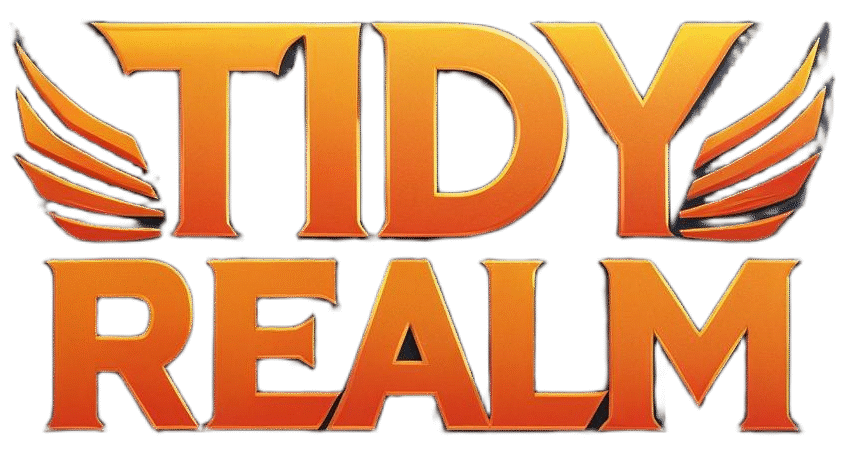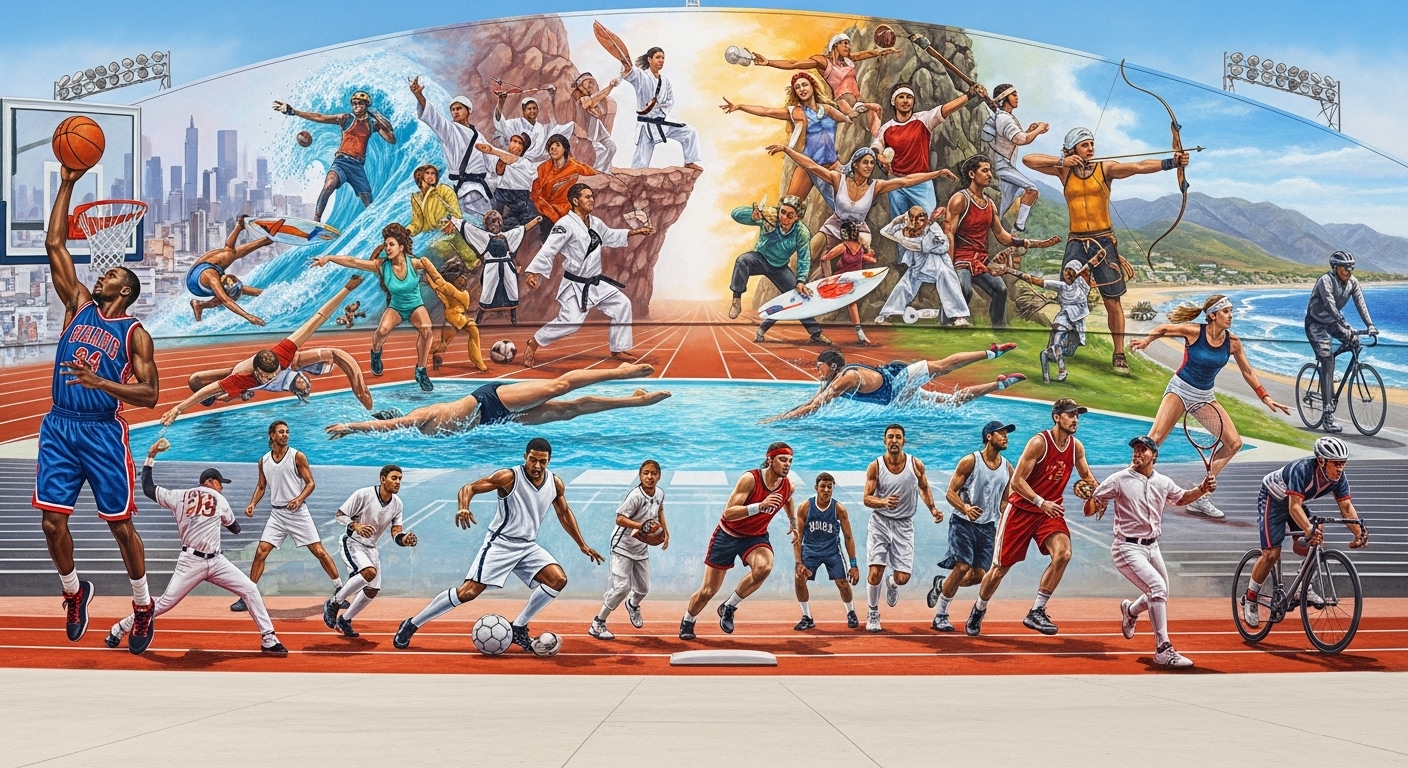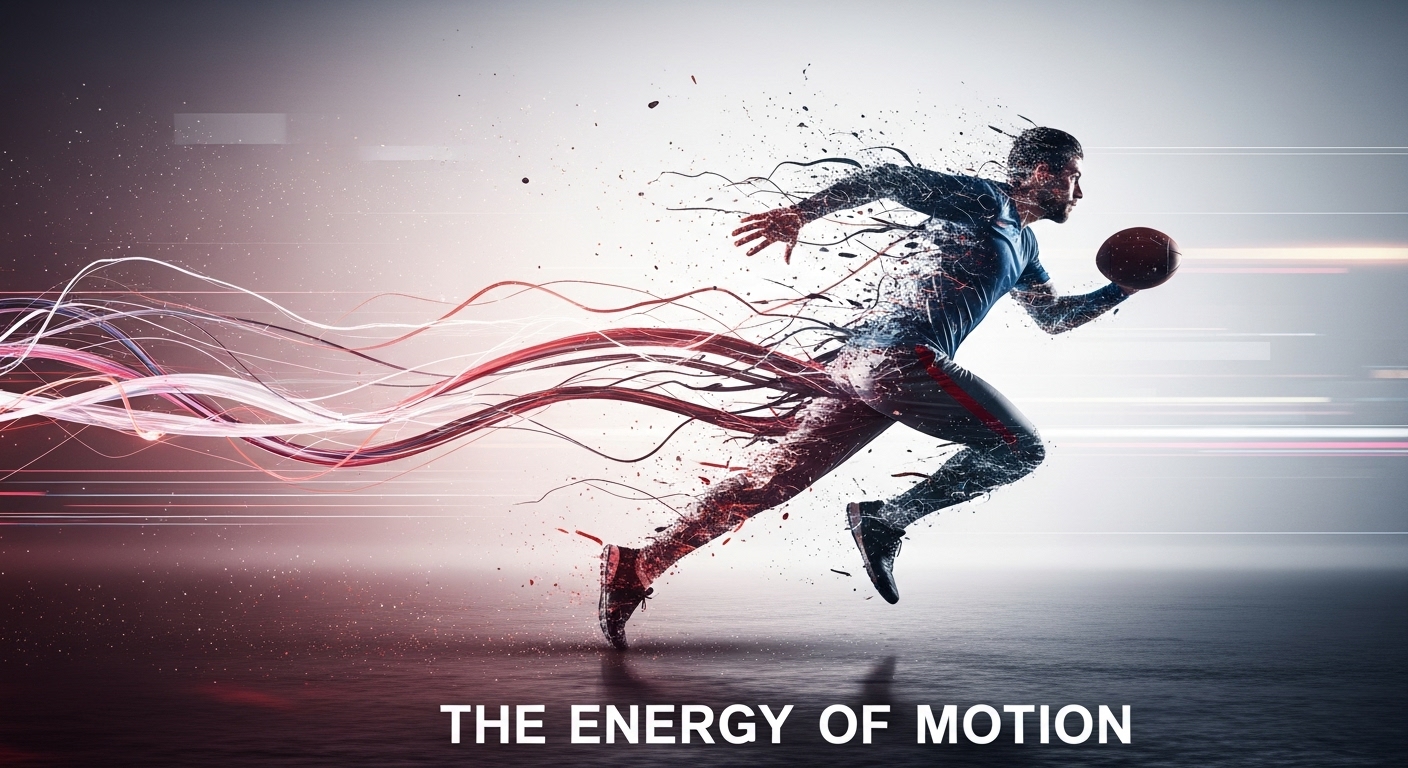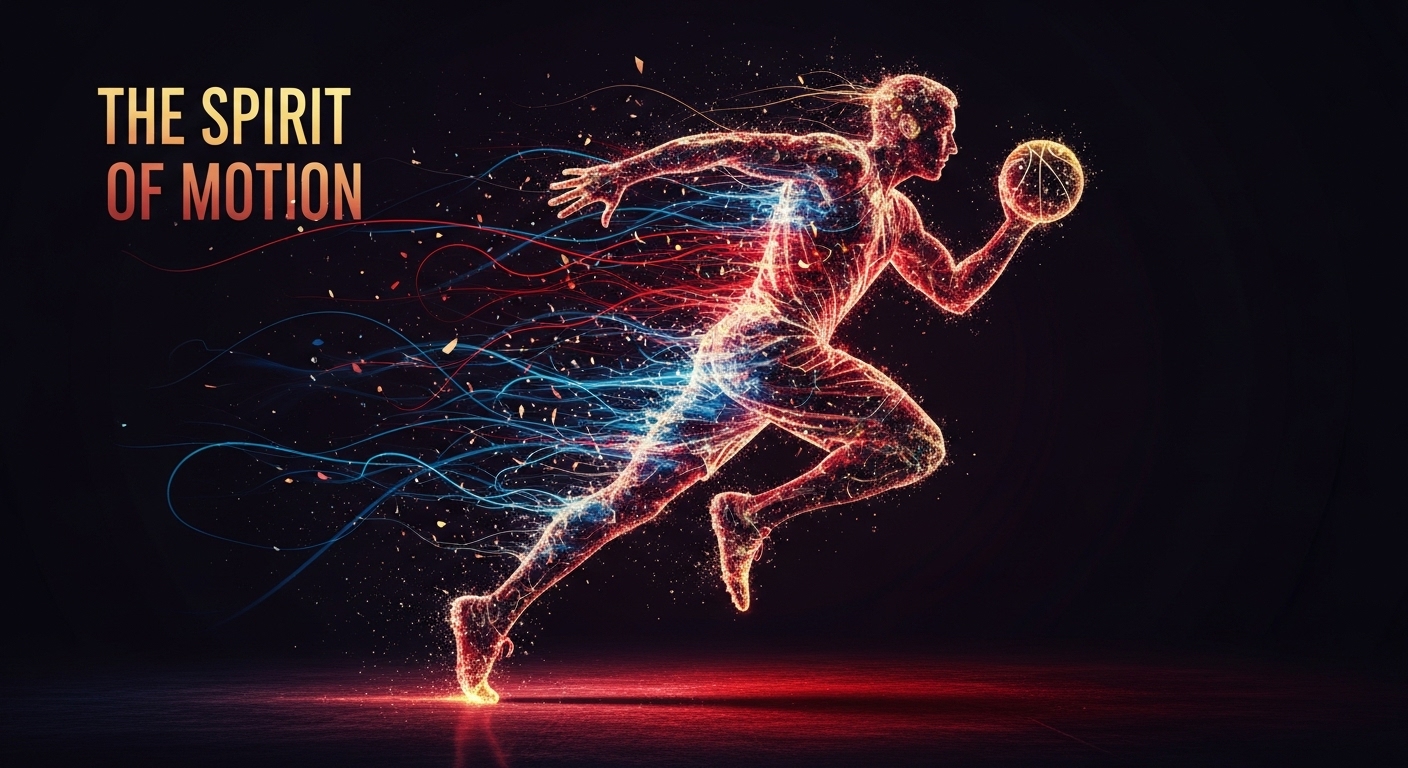Sports have long been an integral part of human culture and society. From ancient civilizations to the fast-paced, technology-driven world we live in today, sports have played a vital role in shaping our identities, communities, and even entire nations. They have transcended beyond simple recreational activities to become a global phenomenon that brings people together, fosters competition, and provides entertainment on an unprecedented scale. In this blog post, we’ll explore the rich history of sports, their evolution, and their significance in the modern world.
The Origins of Sports: A Glimpse into Ancient Civilizations
The roots of sports can be traced back thousands of years. Evidence suggests that the earliest forms of organized physical activity took place in ancient Egypt, Greece, and Mesopotamia. Early sports were not just about entertainment but also held spiritual and religious significance. For example, the ancient Egyptians organized various athletic events that were part of religious festivals. Similarly, the Greeks are famously known for starting the Olympic Games, which became one of the most important and enduring sports events in history.
In ancient Greece, sports were seen as a celebration of the human body’s capabilities and were closely linked to the religious worship of gods such as Zeus. The first Olympic Games were held in 776 BCE, where athletes competed in events like running, discus throwing, and wrestling. These competitions were held every four years in Olympia and were so significant that they marked the passage of time for the ancient Greeks. The concept of the “Olympiad” became a way of measuring history, with each cycle of games representing a four-year period.
Sports in ancient times were not merely about winning medals or trophies; they were about honoring the gods and demonstrating the virtues of strength, skill, and discipline. In fact, the Greek word for sports, “athlos,” which means a competition or contest, highlights the importance of these games not just as a form of entertainment, but as a method of testing one’s physical and mental prowess.
The Middle Ages: Decline and Revival of Sports
After the fall of the Roman Empire, the concept of organized sports saw a decline in Europe. The Middle Ages, characterized by feudalism and constant warfare, shifted the focus away from recreational activities toward more practical and survival-based pursuits. However, this period did not entirely eradicate physical competition. In fact, medieval jousting tournaments and archery contests can be seen as a continuation of the ancient tradition of sports.
Jousting, a popular sport among knights, was a test of strength, skill, and bravery. It was part of a knight’s training and a way to showcase their abilities. Archery also became a significant sport, not only for military training but as a recreational activity as well. Although these contests were often brutal and dangerous, they held a deep cultural significance and played a part in preserving the sporting traditions of the ancient world.
During this period, there was also a resurgence of interest in the physicality of human movement. In the later part of the medieval era, a renewed interest in classical Greek and Roman culture, known as the Renaissance, gave birth to a renewed focus on the arts and human capabilities. This shift would lay the foundation for the modern sports culture we know today.
The Renaissance: Rebirth of Physical Culture and Modern Sports
The Renaissance period in Europe, which spanned from the 14th to the 17th centuries, was not only a time of artistic and intellectual revolution but also a period that saw the rebirth of physical culture. As Europe’s social and political landscape evolved, there was a renewed focus on the individual, and the concept of personal achievement began to take hold in all areas of life, including sports.
The revival of the Olympic Games, though delayed for centuries, would eventually inspire the creation of more structured forms of sports. Renaissance thinkers and artists like Leonardo da Vinci and Michelangelo celebrated the beauty and power of the human body, which influenced how sports were perceived. Physical fitness and athletic competition began to be seen not just as an expression of military prowess but as a form of art in itself.
This period also witnessed the establishment of the first sports clubs and organizations. In England, cricket began to emerge as a formalized sport in the 16th century, and by the 18th century, the foundations of modern football (soccer) were being laid. The introduction of standardized rules and the establishment of leagues and tournaments marked the beginning of sports as organized, competitive events that we would recognize today.
The 19th Century: Industrialization and the Birth of Modern Sports
The Industrial Revolution in the 19th century had a profound impact on every aspect of society, including sports. With the rise of urbanization, mass transportation, and improved communication systems, people began to have more leisure time and disposable income. This created an environment ripe for the growth and commercialization of sports. It was during this time that sports such as soccer, rugby, cricket, tennis, and basketball began to take on the forms we recognize today.
One of the most significant developments during this period was the creation of standardized rules for various sports. For example, in 1863, the English Football Association established the first standardized rules for soccer, helping to popularize the sport across England and beyond. Similarly, in 1891, basketball was invented by Dr. James Naismith in the United States, offering a new, fast-paced sport for people to enjoy.
The formation of professional sports leagues, such as Major League Baseball (founded in 1869), and the introduction of global competitions like the modern Olympic Games (revived in 1896) helped establish sports as a global phenomenon. With the growth of mass media, particularly newspapers and later television, sports were able to reach larger audiences, cementing their role as a major form of entertainment.
The 20th Century: The Globalization and Commercialization of Sports
The 20th century saw an explosion in the popularity of sports, fueled by the rise of mass media and the globalization of culture. Major sporting events like the Olympics, the FIFA World Cup, the Super Bowl, and Wimbledon became annual fixtures, drawing millions of viewers from all over the world. This era also saw the rise of legendary athletes such as Muhammad Ali, Michael Jordan, Pelé, and Serena Williams, who became cultural icons in addition to being masters of their respective sports.
The commercialization of sports during the 20th century transformed them into multi-billion-dollar industries. Companies began to invest heavily in sponsorships, endorsements, and advertising, making athletes not just competitors but also global brands. The increased visibility and financial success of sports led to the development of state-of-the-art stadiums, technological innovations such as instant replay, and increased investment in athlete performance through nutrition, training, and recovery.
Professional sports leagues, such as the National Football League (NFL), National Basketball Association (NBA), and English Premier League (EPL), grew in size and stature, attracting viewers from every corner of the globe. Sports became more than just entertainment; they became a global language, transcending national borders and uniting people from diverse cultures and backgrounds.
The Digital Age: The Future of Sports
As we enter the 21st century, sports continue to evolve in ways that were unimaginable a few decades ago. The rise of the internet and digital media has given fans unprecedented access to their favorite athletes and teams. Social media platforms like Twitter, Instagram, and TikTok allow fans to interact with athletes directly, creating a new level of intimacy and connection.
Virtual reality (VR) and augmented reality (AR) are beginning to transform the fan experience, allowing people to feel as though they are part of the action, even if they’re watching from the comfort of their homes. In addition, esports have exploded in popularity, with video game competitions now attracting millions of viewers and offering significant prize money to players. This new form of competition highlights the ever-expanding definition of sports in the modern world.
Sports organizations are also becoming more inclusive, with growing emphasis on gender equality, disability sports, and mental health awareness. Women’s sports leagues and competitions have gained significant traction, with female athletes such as Simone Biles, Naomi Osaka, and Megan Rapinoe becoming household names. These advancements have contributed to the broader cultural shift toward acceptance, diversity, and equality in sports.
Conclusion: The Enduring Power of Sports
From their humble beginnings in ancient civilizations to their current status as global entertainment giants, sports have shown an incredible capacity for growth and transformation. They have become more than just games; they are an essential part of human culture, offering an outlet for competition, personal achievement, and community building.
In the modern era, sports continue to evolve, adapting to new technologies, social changes, and global challenges. As we look toward the future, one thing is certain: sports will continue to be a powerful force that connects people, shapes identities, and provides inspiration to millions around the world. Whether it’s the thrill of the competition, the joy of physical exertion, or the shared experience of watching our favorite teams, sports will remain a fundamental part of what it means to be human.



